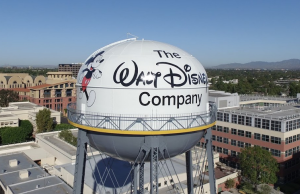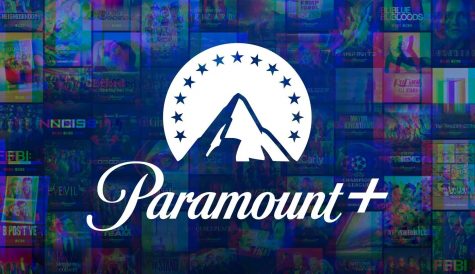
After more than 40 years of operation, DTVE is closing its doors and our website will no longer be updated daily. Thank you for all of your support.
Disney: ad and subtract
There was plenty to ponder in Disney’s second quarter financials, revealed this week, as the Mouse House continues to reel in and recast its streaming line.
Disney boss Bob Iger led with the company’s decision to launch a combined Disney+ and Hulu app in the US, but there was also lots of interesting news around its content strategy (less is the new more), advertising (more) and pricing (also more).
There was also the small matter of the loss of four million streaming subscribers. However, while that was a big miss in the face of expectations that Disney would add subs, the fact that the drop was essentially due to loss of Indian Premier League cricket streaming rights to Viacom18, combined with the fact that the company has been able to narrow its streaming losses significantly, helped soften the blow.
First then, that combination of Disney+ and Hulu.
“I’m pleased to announce that we will soon begin offering a one-app experience domestically that incorporates our Hulu content via Disney plus while we continue to offer Disney plus Hulu and ESPN plus as standalone options,” said Iger, adding that this was “a logical progression” that will “provide greater opportunities for advertisers while giving bundle subscribers access to more robust and streamlined content”.
The unified app will be rolled out at the end of this year. However, this is designed for those who already subscribe to both services – Disney+ and Hulu are already available as a bundle in both premium and ad-free versions – so seems designed to reinforce an existing offer than create something radically new.
However, the emphasis on the advertising opportunity is instructive. The advertising story and Disney’s evolution of its pricing strategy are closely linked.
More advertising
Answering a question on pricing, Iger said that Disney had been “pleasantly surprised that the loss of subs due to what was a substantial increase in in pricing for the non-ad-supported Disney+ product was de minimis”.
While there had been some reduction in subscribers to the premium offering, Iger seems confident that the price elasticity of the premium ad-free service is low, despite the existence of an obvious substitute.
More to the point, the Disney team plans to take this further, opening up a clear price difference between the two, with a further price rise for the ad-free tier later this year and a strategy of actively encouraging take-up of the with-ads offering because they think there is serious money to be made from addressable advertising.
“One of the things that we have to do is widen the delta between the ad-free the ad free and the non-ad-supported service because we clearly would like to drive more subs to the ad supported service,” he said.
Iger and the Disney team, including sales lead Rita Ferro, have decided that there’s gold in the advertising hills, with big expectations raised ahead of Disney’s upfront next week.
“Digital advertising is so attractive to advertisers that there’s an opportunity for us to really lean into ad-supported and again raise our prices on the ad-free [tier], keeping the price on the ad-supported relatively modest, maybe with no increase,” said Iger.
This approach puts clear blue water between Disney and the more cautious Netflix (even if Netflix also appears to be more bullish on its ad tier than before). Disney seems confident it can drive higher ARPU from its foray into advertising even at the risk of at least partially cannibalising its premium offering.
Less content
Raising prices and going big on advertising is one leg of Disney’s pivot as it attempts to move to profitability in streaming. The other is cutting costs, which means cutting back on content creation.
Iger said that it was “critical” for Disney to “rationalise the volume of content we’re creating and what we’re spending to produce our content” as well as to “amortise our content costs across multiple windows” and “strike the right balance between our local and global programming”.
That means producing less content (Disney is taking a big impairment charge on this) and perhaps refocusing its marketing efforts (with a big emphasis on ‘integrated’ marketing across all of the ways in which Disney connects with its audience).
One key aspect of this is cutting back on local content spend around the world, particularly content for low-ARPU markets, and a bigger emphasis on content with global appeal.
The outlines of Disney’s path to streaming profitability are therefore becoming clearer: put prices up (people will still subscribe); cut back on content (and curate what’s left better to highlight its value and ensure that it’s available in the right window at the right time) and go big on advertising.



